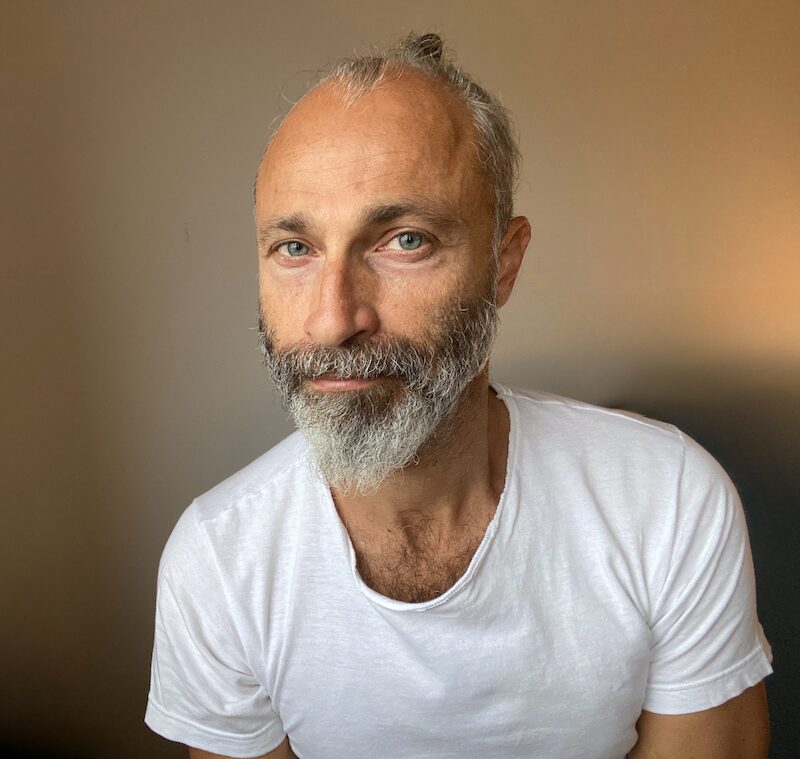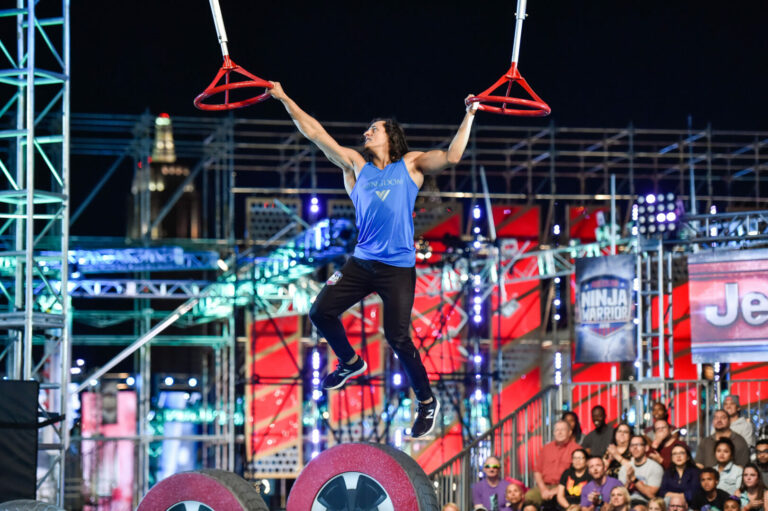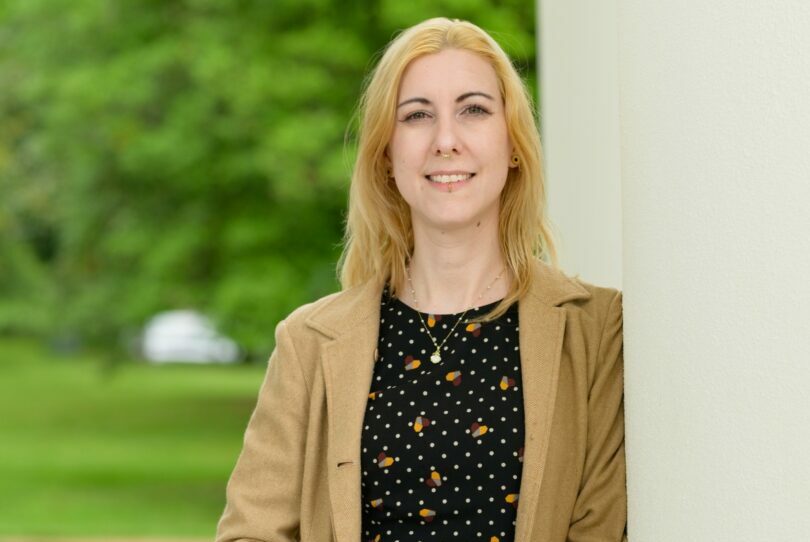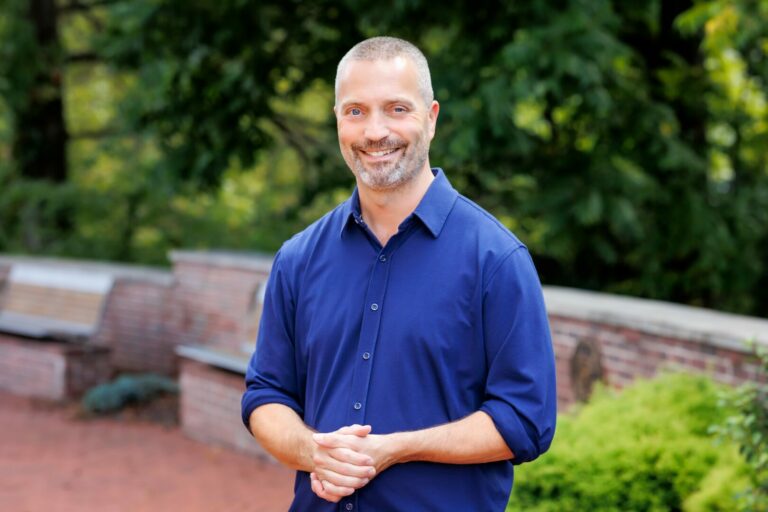We recently had the chance to connect with Marco Adda and have shared our conversation below.
Good morning Marco , it’s such a great way to kick off the day – I think our readers will love hearing your stories, experiences and about how you think about life and work. Let’s jump right in? Have you ever been glad you didn’t act fast?
Absolutely. Some of the most meaningful decisions in my life and work came from not acting immediately. In a world that celebrates speed and constant action, I’ve learned that pausing can be a radical act. Waiting gives me the space to observe patterns, listen to people, and let ideas mature.
For example, in one project I was about to launch a program as soon as the concept came to me. Instead, I gave myself a few extra weeks to refine it and bring in different perspectives. That pause completely changed the outcome — it became more impactful and more aligned with my values.
At the same time, I’m very aware of not falling into overthinking — too much analysis often brings paralysis. It’s a delicate balance between letting things ripen and keeping the creative momentum alive
Can you briefly introduce yourself and share what makes you or your brand unique?
I’m an independent researcher, which means I work in the field of academic research, yet as a freelancer. I’m also a somatic trainer, actor trainer, and anthrozoologist, with a core focus on human–animal interaction. My work sits at the intersection of movement, human behavior and animal behavior, and embodied awareness. Over the years, I’ve moved through many different worlds — theatre, education, somatics, and behavioral studies — and these experiences have gradually started to intertwine. I’ve always been curious to explore multiple dimensions — artistic, scientific, relational — and then find ways to integrate them. For me, learning across disciplines is not about collecting skills, but about weaving them into something alive, something that keeps evolving.
I’m deeply interested in how humans and animals mirror each other — not just behaviorally, but emotionally and spatially. My current work explores how reconnecting with our own physical intelligence can transform the way we relate to other species and to the environment.
At the moment, I’m developing zoosomatics, a framework that bridges somatic practice and animal studies — searching for new ways to understand interaction and resonance across species.
Amazing, so let’s take a moment to go back in time. Who saw you clearly before you could see yourself?
I think the first people who saw me clearly were my parents. Even though we didn’t always understand each other’s paths, they gave me a deep sense of curiosity and trust in exploration. They never pushed me toward a fixed direction — they just kept a quiet confidence that I would find my own way, which in many ways allowed me to do exactly that.
Then came my teachers — human and non-human. Every person I’ve studied with, from theatre mentors to somatic practitioners, has reflected back to me a part of myself I couldn’t yet see. Sometimes it was through encouragement, sometimes through challenge. And then there are the animal teachers — dogs, horses, and others — whose presence often reveals something wordless but essential. They don’t mirror your ideas about yourself; they mirror your state of being.
So, I’d say I’ve been seen in fragments, at different times, by many beings. Each of them helped me recognize another layer of who I am and how I move through the world.
Was there ever a time you almost gave up?
Definitely yes, it has happened so many times. Working as an independent researcher and moving across disciplines — connecting fields that don’t usually meet — can be deeply rewarding but also very isolating. There are moments when you feel like you’re speaking a language that just a few people understand —to say it optimistically— or walking a path that doesn’t have a map. In those moments, what kept me going was a kind of faith — not necessarily in outcomes, but in the value of the process itself. I trusted that following what felt true, even if it didn’t fit established models, had meaning. I held on to the sense that some forms of knowledge only reveal themselves through persistence and patience.
So yes, there were times I almost gave up, or at least I felt that way, but each time I found that returning to a quieter kind of trust — in the work, in life, in the unseen connections — helped me continue.
Next, maybe we can discuss some of your foundational philosophies and views? What’s a cultural value you protect at all costs?
The cultural value I protect at all costs is listening — in the broadest possible sense. Listening not only with the ears, but with the body, with attention, with presence. It’s a value that resists speed, judgment, and noise. In my work and life, I try to cultivate spaces where listening becomes an act of respect — toward people, animals, and the environment. It’s through deep listening that understanding begins, that creativity takes shape, and that we can sense connections beyond words. In a culture that often rewards quick answers and loud voices, protecting the space to listen — and to listen deeply — feels essential. It’s what allows empathy, subtlety, and genuine collaboration to exist.
Okay, we’ve made it essentially to the end. One last question before you go. When do you feel most at peace?
I feel most at peace when I’m silently observing the ocean. Growing up in Naples, Italy, the sea has always been a constant presence — a rhythm, a teacher, a mirror. There’s something about the way it moves, endlessly and without effort, that reminds me of the possibilities of being present in the moment. When I sit by the water, just watching, listening, feeling the space around me, it rebalances me in every possible way — physically, emotionally, mentally. This sense of peace isn’t limited to the ocean; it extends to other natural settings as well — a quiet wood, a flowing river, or even a dog lying next to me. In all these moments, the environment and the beings within it hold space for me to pause, breathe, and reconnect. Even in the middle of a busy life or a challenging project, returning to these spaces — even in memory — restores a sense of clarity and presence. It’s a touchstone, a reminder that connection and harmony are always accessible if I pause and allow myself to be fully present.
Contact Info:
- Website: https://www.marcoadda.com
- Instagram: https://www.instagram.com/marcoadda/
- Linkedin: https://www.linkedin.com/in/marco-adda
- Twitter: https://twitter.com/MarcoAddaAEDC
- Facebook: https://www.facebook.com/marco.adda.7
- Youtube: https://www.youtube.com/channel/UCUwxwNsxa9ISbO8Q0jqbSXQ
- Other: https://inthemouthofthewolf.podbean.com/
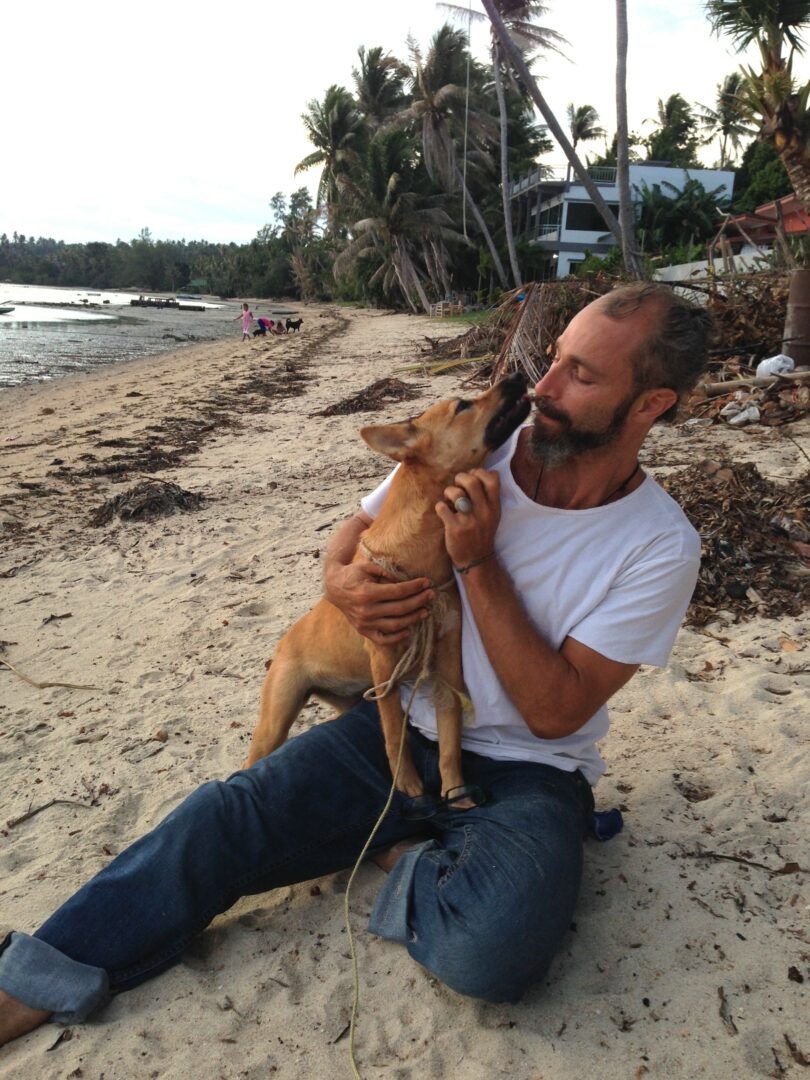
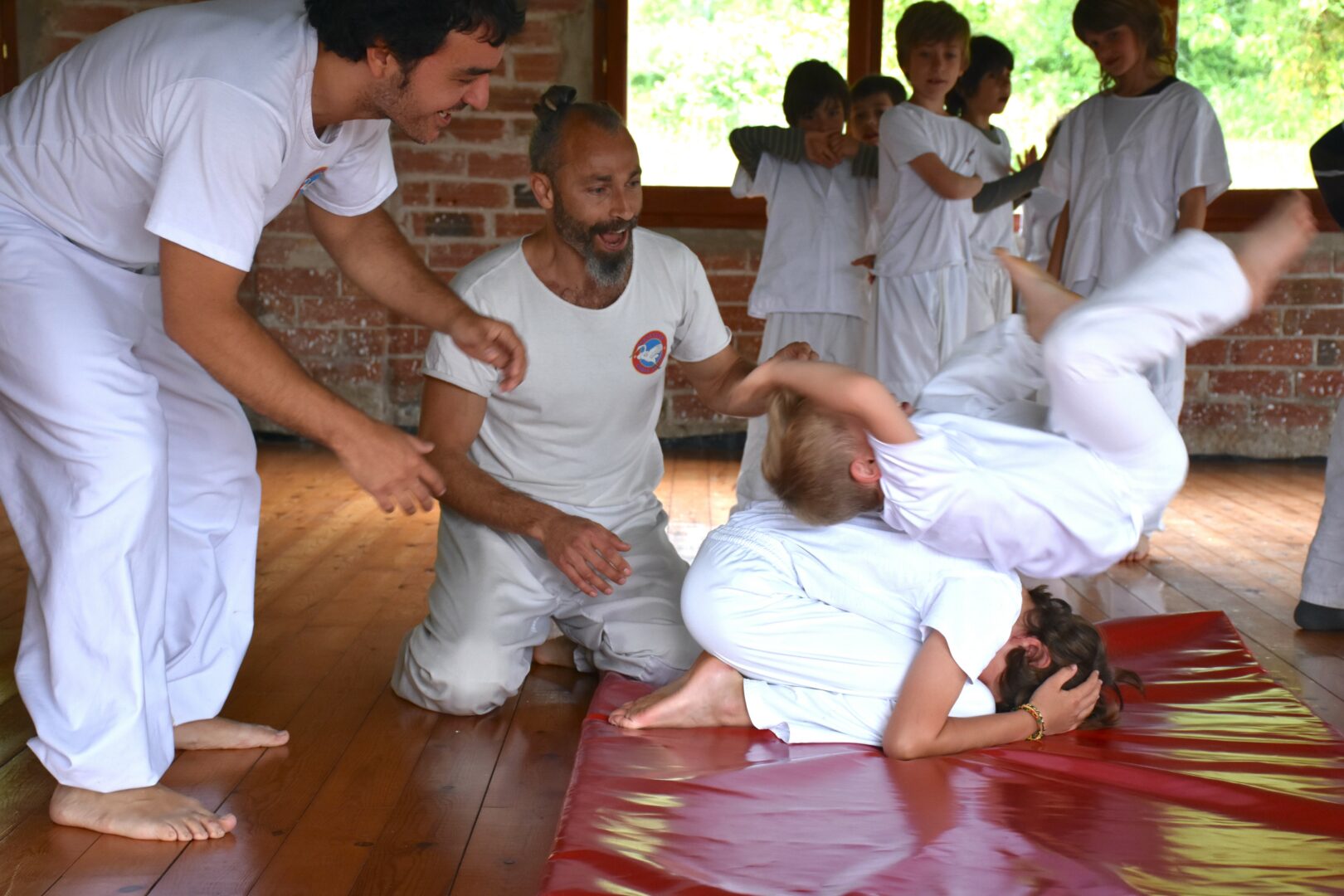
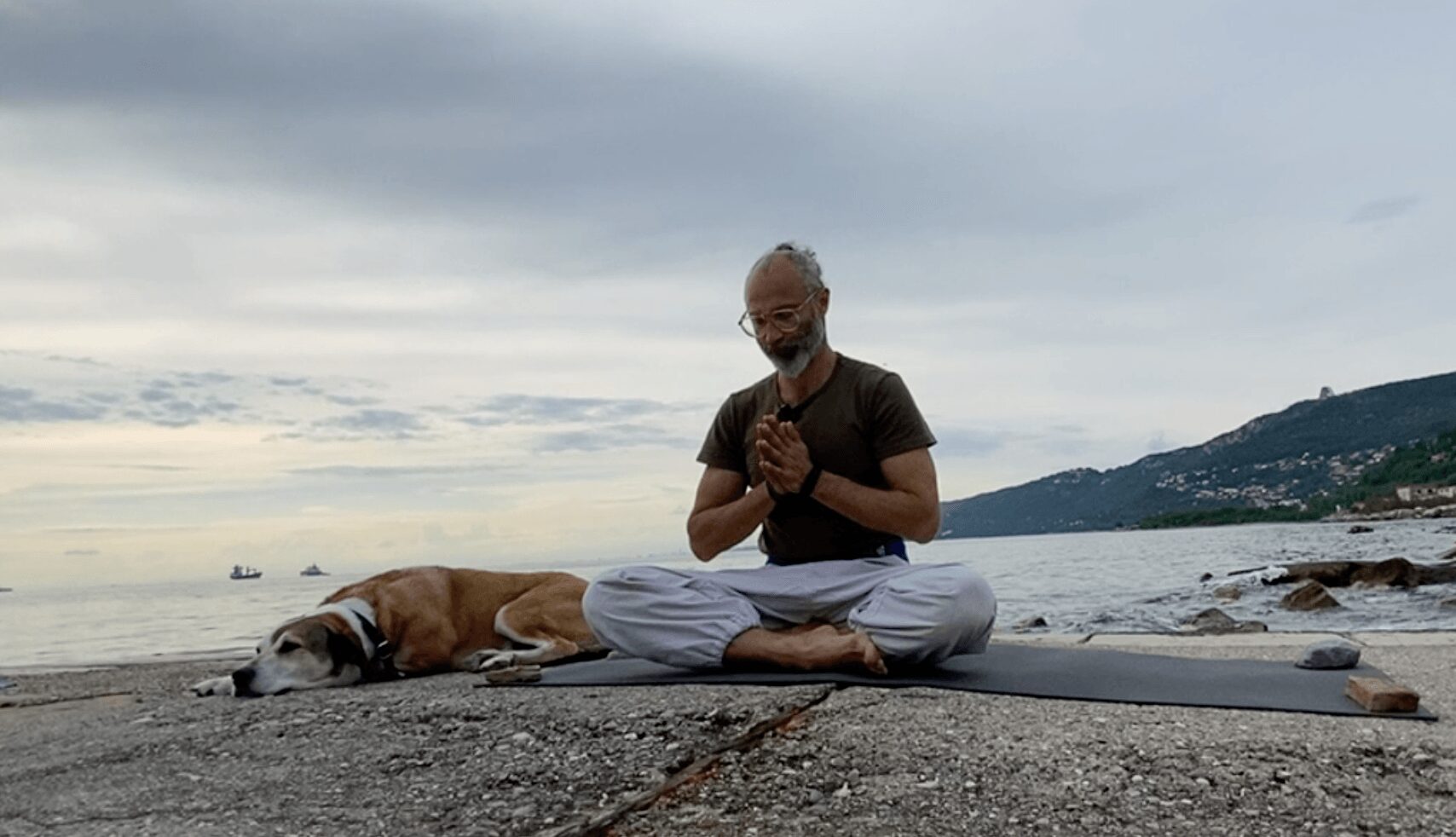
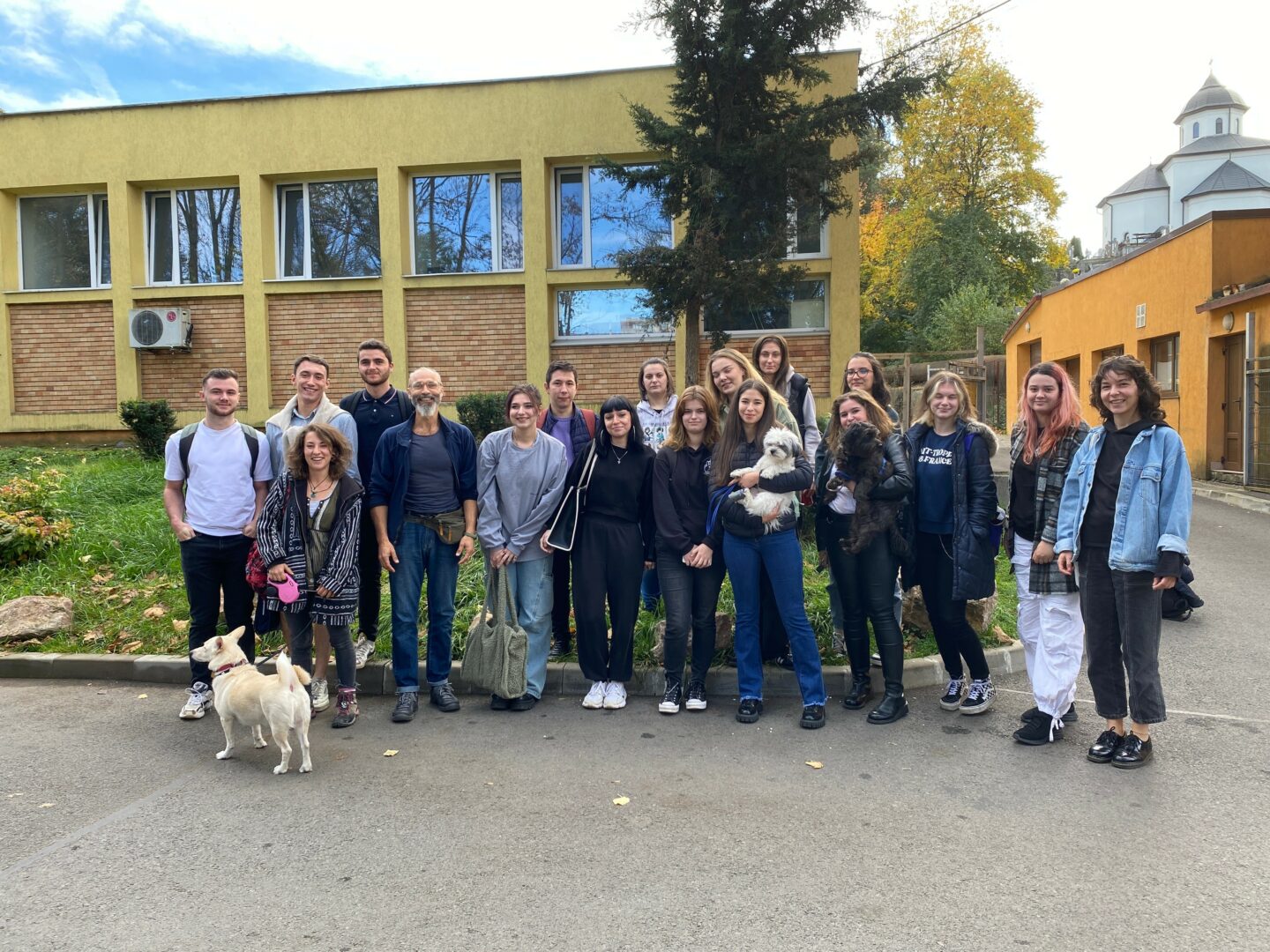
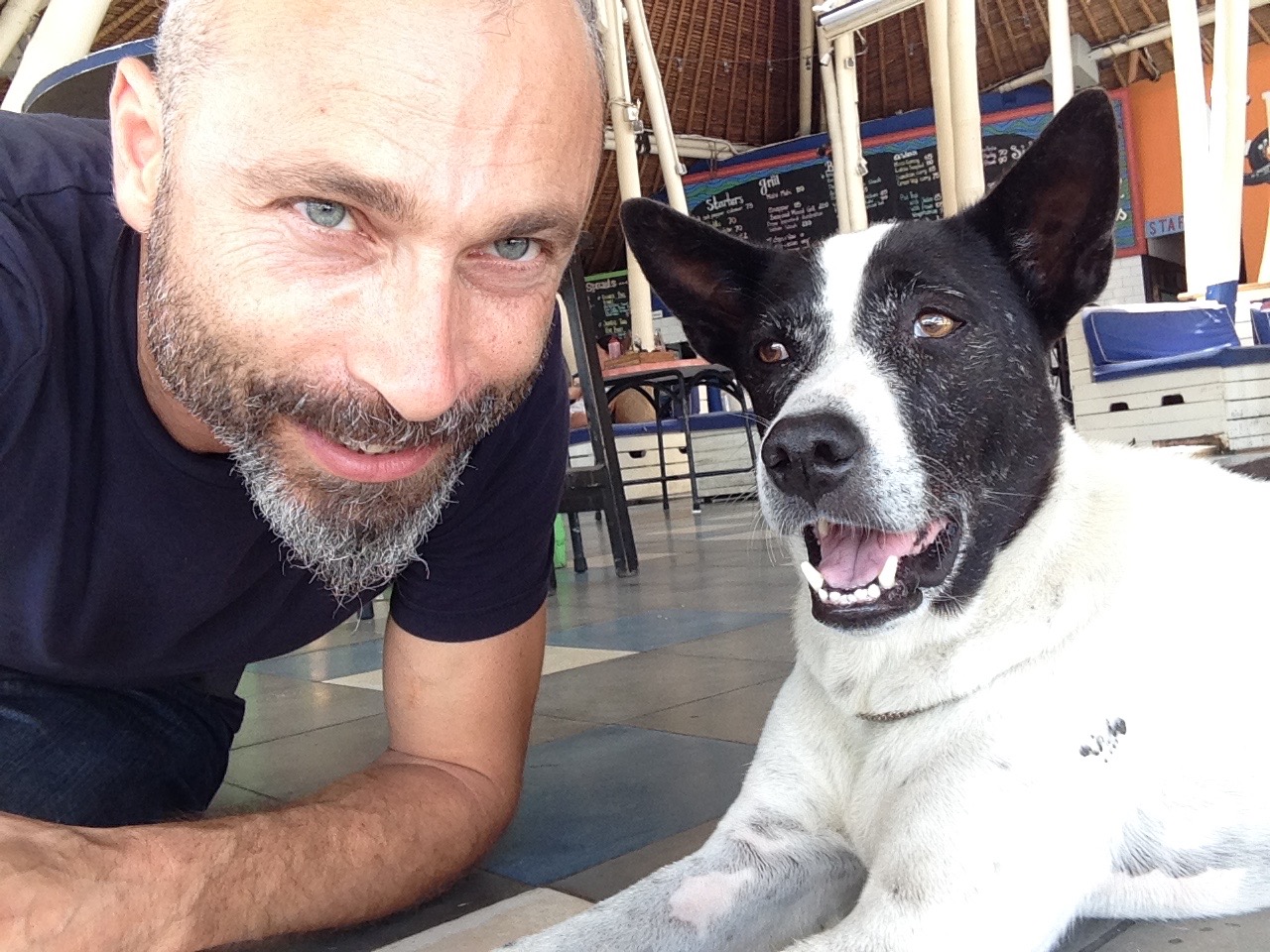
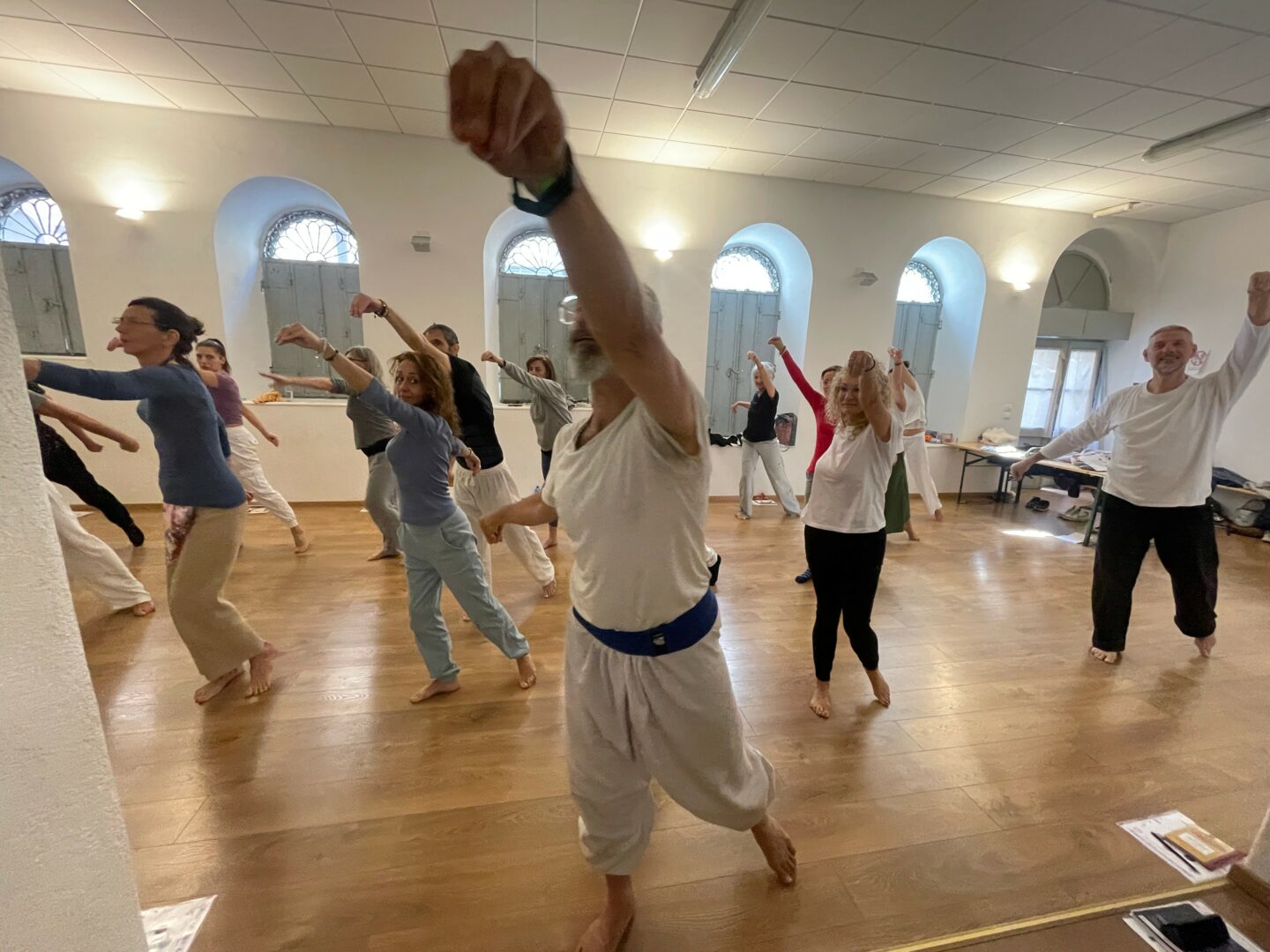
so if you or someone you know deserves recognition please let us know here.

